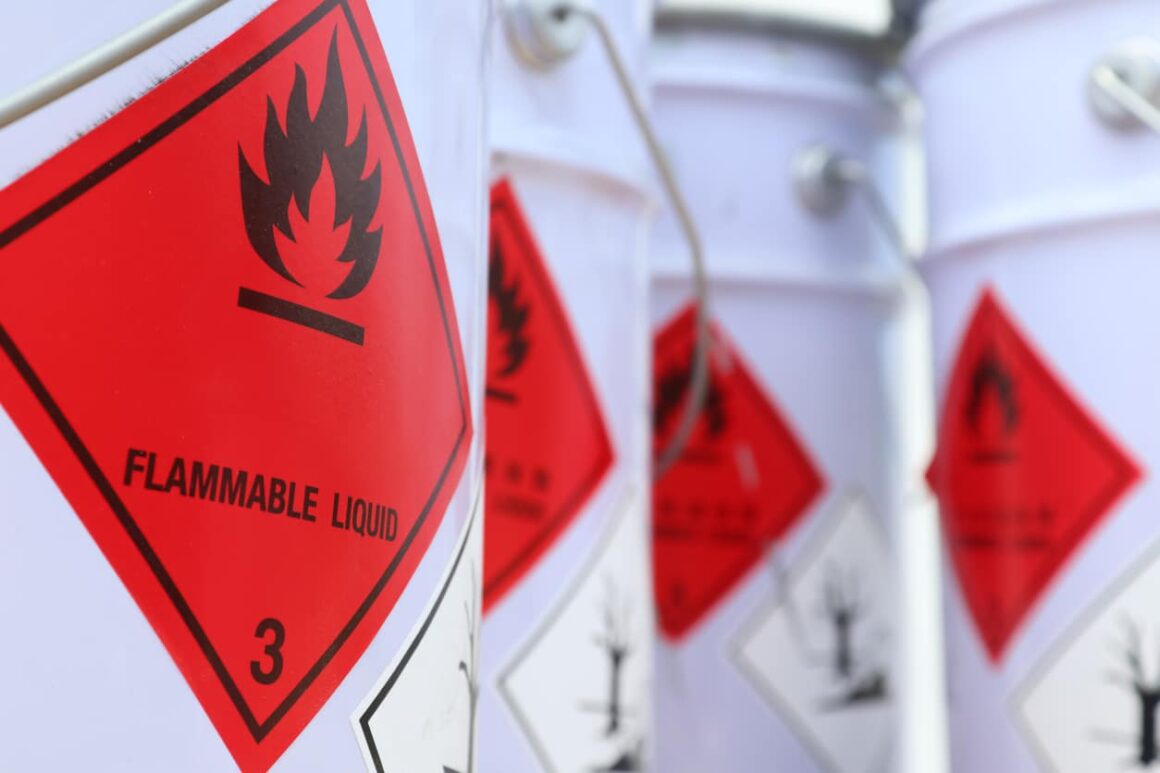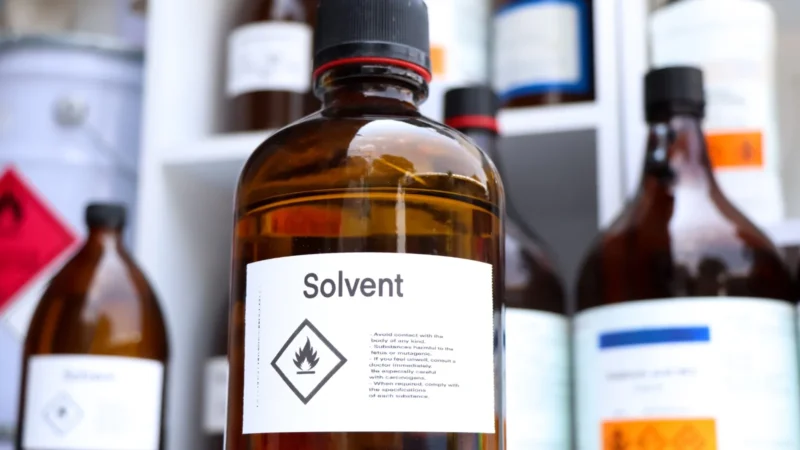Solvents play an indispensable role in our modern world, with applications spanning countless industries and sectors. From degreasing machine parts to dissolving inks and paints, these liquid substances have become invaluable tools in manufacturing, construction, cleaning, and many other processes.
Nonetheless, while incredibly useful, solvents can also be hazardous if not handled properly. Negligent practices might lead to fires, exposures, environmental contamination, and serious health consequences.
Understand the Hazards
Before handling any solvent, it’s crucial to understand the potential dangers. Common hazards include:
- Flammability ─ According to the experts over at Trecora, many solvents like acetone, hexane, and pentane are highly flammable, meaning they can easily ignite and cause fires or explosions.
- Toxicity ─ Solvents can be toxic if inhaled, ingested, or absorbed through the skin, leading to various health issues like dizziness, nausea, and even organ damage.
- Environmental impact ─ Some solvents contribute to air pollution and can harm plants, animals, and ecosystems if not disposed of correctly.
Know the Solvent Types
Solvents come in different categories, each with unique properties and risks:
- Alcohols (e.g., ethanol, isopropyl alcohol) ─ Flammable and can cause eye and respiratory irritation.
- Hydrocarbons (e.g., hexane, pentane) ─ These are highly flammable and can be toxic if inhaled.
- Halogenated solvents (e.g., trichloroethylene, methylene chloride) ─ Can cause liver and kidney damage with prolonged exposure.
- Ketones (e.g., acetone, methyl ethyl ketone) ─ Flammable and can irritate the eyes, nose, and throat.

Proper Handling and Storage
- Use appropriate personal protective equipment (PPE) ─ Always wear chemical-resistant gloves, goggles, and protective clothing when handling solvents. If working in an enclosed area, use a respirator or ensure proper ventilation.
- Implement engineering controls ─ Utilize fume hoods, local exhaust ventilation, or other engineering controls to minimize solvent exposure and prevent vapor accumulation.
- Store solvents safely ─ Keep solvents in their original, labeled containers and store them in a cool, well-ventilated area away from heat, sparks, and ignition sources. Ensure proper secondary containment to prevent spills.
Handling and Disposal
- Follow label instructions ─ Carefully read and follow all safety instructions and precautions on the solvent’s label or Safety Data Sheet (SDS).
- Avoid skin and eye contact ─ Handle solvents with caution, and immediately flush any accidental skin or eye contact with water for at least 15 minutes. Seek medical attention if necessary.
- Dispose properly ─ Never pour solvents down drains or dispose of them improperly. Follow local regulations and guidelines for safe disposal or recycling.
Fire Safety
- Keep fire extinguishers nearby ─ Ensure appropriate fire extinguishers (e.g., dry chemical or carbon dioxide) are readily available and know how to use them properly.
- Eliminate ignition sources ─ Prohibit smoking, open flames, or any potential ignition sources in areas where flammable solvents are present.
- Ventilate work areas ─ Provide adequate ventilation to prevent the buildup of flammable vapor concentrations.

Training and Emergency Preparedness
- Implement safety training ─ Ensure all personnel handling solvents receive comprehensive safety training on their hazards, proper handling, PPE usage, and emergency procedures.
- Develop an emergency plan ─ Have an emergency action plan in place, including evacuation procedures, first aid measures, and contact information for emergency responders.
- Maintain safety data sheets (SDS) ─ Keep up-to-date safety data sheets for all solvents readily accessible in case of accidents or emergencies.
Conclusion
Following these chemical safety tips means you can minimize the risks associated with handling solvents and create a safer working environment for everyone involved. Remember, prevention and preparedness are key to avoiding accidents and protecting both human health and the environment.
Proactive measures and a culture of safety should always be top priorities when working with hazardous materials like solvents. Staying vigilant and adhering to best practices can go a long way in preventing incidents and ensuring a secure workplace.


